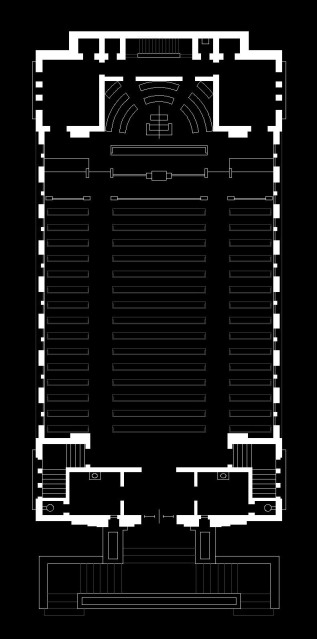
85 S 300 E
Centerville, UT
Built c. 1873
This building was originally a single-story, one-room stone building located across the street from the Centerville 1st Ward meetinghouse. A Centerville Young Men’s Club, which included B.H. Roberts as a member, built this small rock building in about 1873 at a cost of $700. Their desire was to have a place to discuss philosophy, astronomy and other such topics as well as to house a library for their books. To join the club, membership fees were collected, and weekly meetings were spent discussing books. Lack of attendance or preparation for the discussion meant a fine would be charged to help purchase new books. Eventually this club was changed into the newly organized Young Men’s Mutual Improvement Association, probably in 1877, the date listed on a plaque found in the attic of the building. B. H. Roberts was elected as the first president. Shortly after, the building was also used by the Young Women, and after 1880, by the Primary. Sold in 1917, the building was converted to a residence around 1920, at which time a hip roof, side rooms and a covered front porch were added. There is also a garage and agriculture building on site, both of which were built at this time. The home, which retains its historic integrity, contributes to the historic qualities of Centerville and was placed on the National Register of Historic Places in 1997.
Today it remains as a rare surviving example of a rare building type. However, the current owner has just recently applied for a demolition permit for the building since it will be cheaper to raze than to attempt additional preservation efforts. The building is currently being rented and is in some level of disrepair as can be seen in the roof soffit.
For more information on the building:
National Register Nomination Form
National Register Photos









